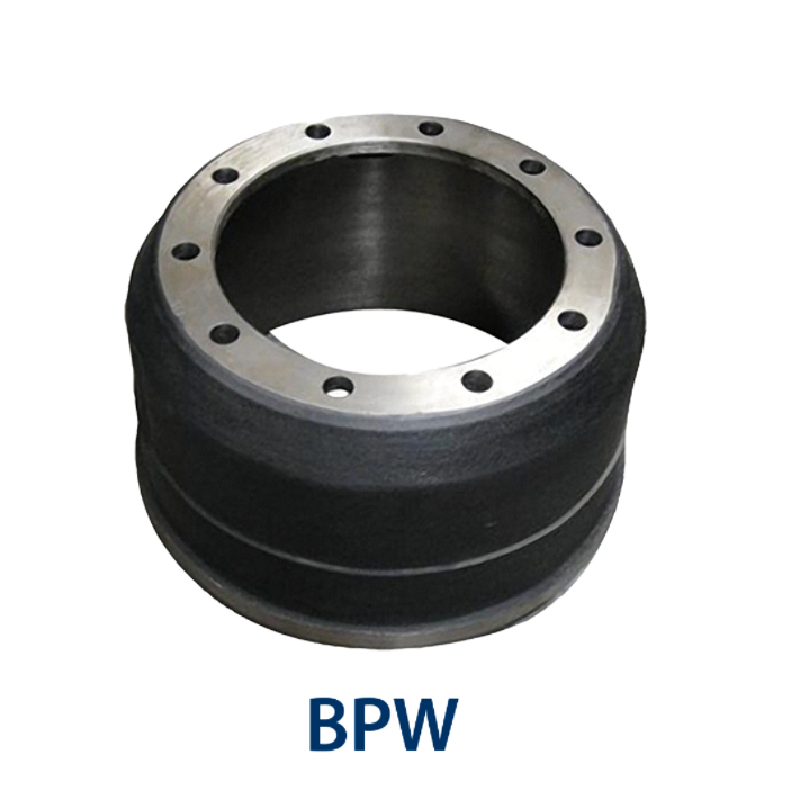Nov . 09, 2024 19:55 Back to list
Analyzing Brake Drum Wear Patterns for Improved Vehicle Safety and Performance
Understanding Brake Drum Wear Patterns A Comprehensive Overview
Brake systems are crucial for the safety and performance of vehicles, and understanding the wear patterns of brake drums can significantly aid in maintenance and repairs. Brake drums play an essential role in the operation of drum brake systems, which are still widely used in many vehicles today. This article aims to explore the various patterns of wear that can occur in brake drums, the causes of these patterns, and their implications for vehicle safety and performance.
What Are Brake Drums?
Brake drums are components of drum brake systems that house brake shoes. When the brakes are applied, the shoes press against the inner surface of the drum, creating friction that slows down the vehicle. Over time, this friction causes wear on the brake drums and shoes. The extent and pattern of this wear can reveal a lot about the condition of the braking system and the overall vehicle dynamics.
Common Brake Drum Wear Patterns
1. Scoring One of the most common wear patterns seen in brake drums is scoring, which consists of shallow grooves or scratches on the drum surface. This often occurs due to the accumulation of debris, such as dust and metal shavings, that become lodged between the brake shoes and the drum. Scoring can be exacerbated by improper installation of components or using low-quality materials in the braking system.
2. Serration Serrated wear patterns, characterized by distinct ridges or teeth around the inner diameter of the drum, can result from uneven pressure applied by the brake shoes. This wear is typically a sign of misalignment or an unequal distribution of pressure, which can lead to decreased braking efficiency and a rough feel when braking.
3. Heat Check Cracking Excessive heat generated during braking may cause cracks to form in the surface of the drum, resulting in what is known as heat check cracking. These fine cracks, although they do not compromise the structural integrity of the drum initially, can lead to further deterioration and even failure if not addressed. This can happen due to repeated heavy braking, improper braking techniques, or when an upgraded braking component is installed without addressing the power-to-weight ratio of the vehicle.
4. Wear Lip Formation A noticeable wear lip can develop around the outer edge of a brake drum, which signifies that the inner surface has worn down significantly. This condition can result from normal wear over time or from excessive heat and is often accompanied by a decrease in braking performance. When measuring the drum's diameter, it is crucial to check for this lip as it may require a replacement or machining of the drum to ensure effective braking.
brake drum wear patterns

5. Discoloration Discoloration on brake drums can indicate overheating, often resulting from continuous heavy braking or the use of aggressive braking materials. Darker colors, especially blue, can signal extreme heat exposure, which can warp or weaken the material over time.
Implications of Brake Drum Wear
Understanding the wear patterns of brake drums is vital for vehicle safety. Regular inspections can identify issues early, allowing for preventive measures that avoid costly repairs or, more critically, potential accidents due to brake failure. Drivers should be vigilant about unusual sounds, decreased braking performance, or vibrations when braking, as these could indicate underlying issues with the brake system.
Maintenance Tips
1. Regular Inspections Schedule routine brake inspections with a qualified technician who can evaluate the condition of the brake drums, shoes, and other components. 2. Use Quality Parts Always select high-quality brake components to reduce the likelihood of premature wear and improve the overall performance of the braking system.
3. Proper Installation Ensure that all brake system components are installed correctly to avoid misalignment and uneven wear patterns.
4. Mind Driving Habits Practices such as smooth acceleration and braking can prolong the life of brake components and reduce wear.
In conclusion, recognizing the various brake drum wear patterns is crucial for maintaining safe and reliable vehicle performance. By understanding these patterns and their causes, vehicle owners can take proactive measures to ensure their braking systems remain in optimal condition. Regular inspections, coupled with proper maintenance practices and awareness of driving behavior, can go a long way in promoting both safety and performance on the road.
-
Durable Brake Drum MAZ for Heavy Duty Trucks | High Performance
NewsAug.26,2025
-
FUWA: Premium Quality, Reliable Performance & Innovative Solutions
NewsAug.25,2025
-
Liza Brake Drum: Superior Quality & Performance for Safe Driving
NewsAug.24,2025
-
Iveco Brake Drum | Premium OE Quality for Daily & Eurocargo
NewsAug.22,2025
-
Your Brake Drum Man: Quality & Performance Parts
NewsAug.21,2025
-
Explore Japan: Ultimate Travel Guide & Authentic Experiences
NewsAug.19,2025
